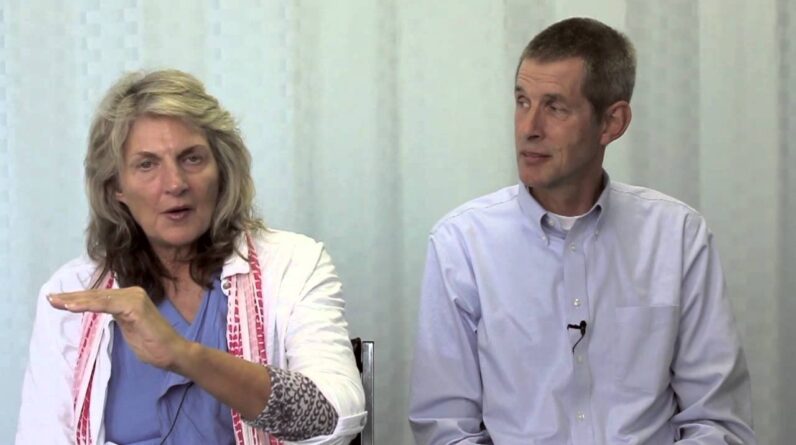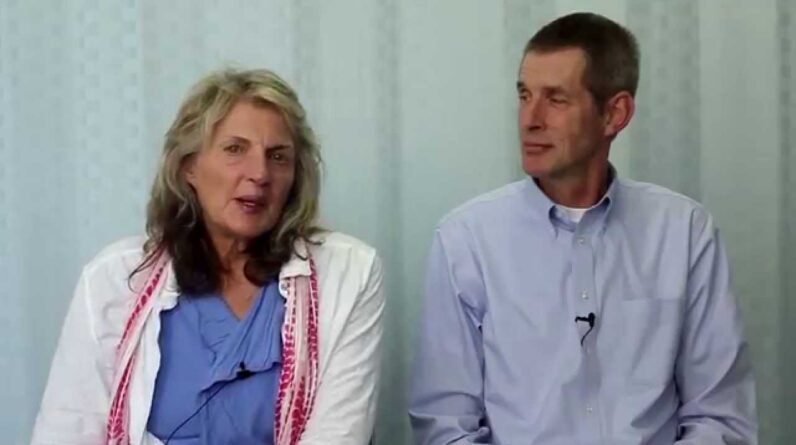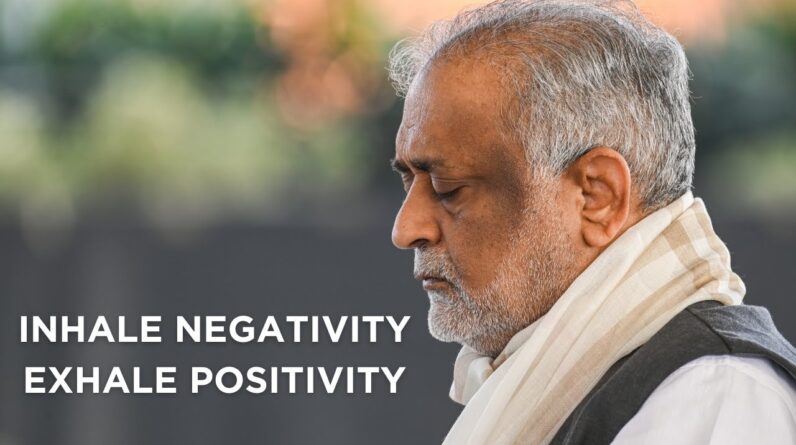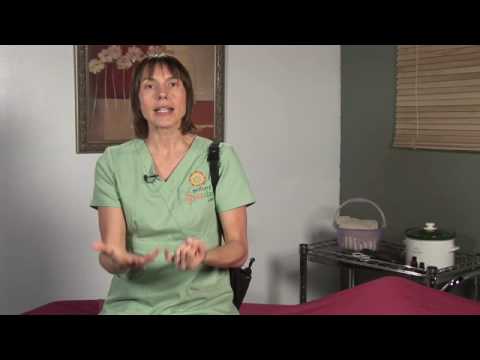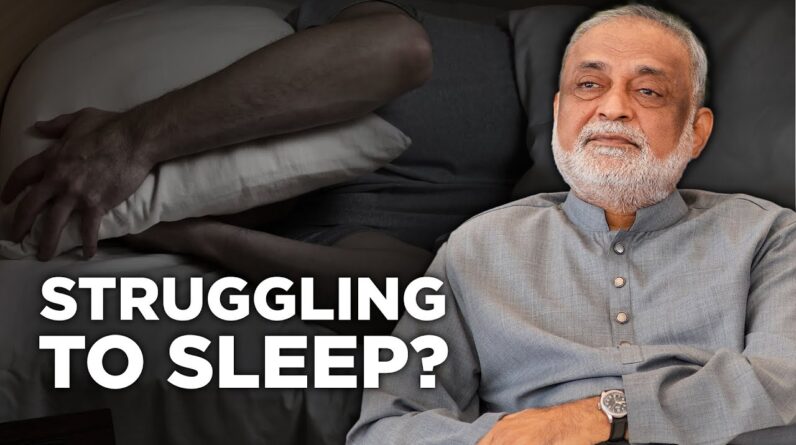
Reflexology: The Science of Walking Efficiently
Hips, Knees, Heels, and Toes So, we’ve been, uh, looking at walks from the point of view of forces and weight and reaction and force of the ground, but another way to analyze walks is to think about the energy that’s required, uh, during walking. Now, this is helpful because many of the, uh, actions that we perform unconsciously, we’re doing these because it helps us walk more efficiently; it reduces our energy expenditure during a walk. Now, to appreciate this, you should try walking around as, uh, John Cleese does as the Minister of Silly Walks. So, uh, if you’re familiar with this Monty Python routine, uh, if you walk around like John Cleese you find that you need a lot of, um, energy to do that. Let me give you an example of myself doing a silly walk.
How Reflexology Can Improve Your Walking Efficiency
So, here uh you realize this is a very inefficient way of walking and not only does it draw attention to yourself, but if you, uh, spent just a half-hour a day walking like this you’d get a tremendous amount of exercise. This is, uh, really uh exhausting uh just in this uh little, uh, short stroll outside I was, uh, beat. Now, um, a very simple model of walking, which you might imagine is basically how we walk, would be to have the legs, uh, moving straight and the hips perpendicular, uh, so something like you see here in this, uh, mechanical model. Now, this is a rather inefficient way of walking; it’s uh not as inefficient as silly walking, but it’s still not very efficient because the center of gravity, uh, rises and falls significantly and we have to do work every time we raise it and we lose most of that, uh, energy when it drops. So, um, here’s what that sort of simplified walking model would look like.
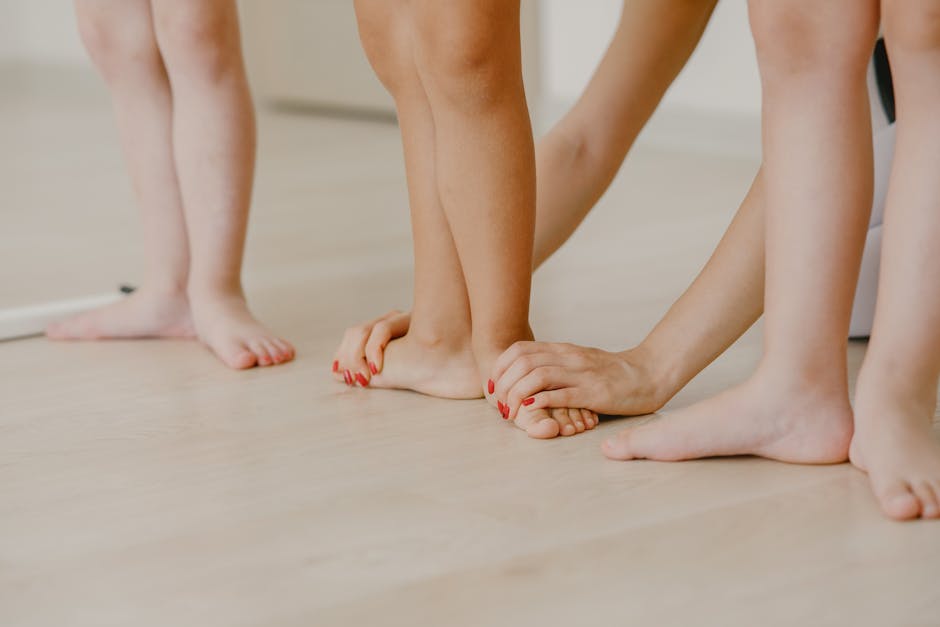
How Reflexology Helps You Walk Efficiently
It’s almost like the Frankenstein, uh, walk; its a very unnatural way of walking. And here’s that, uh, a mechanical uh figure from a side view and a top view; we’ll be using this to, uh, analyze uh some of the nuances of walking. So, uh, the first um thing that the body naturally does to walk more efficiently is to rotate the pelvis. So the um- as the moving leg is moving forward, uh, that side of the pelvis rotates, uh, with it and the hip that’s uh on that side uh moves uh forward. Uh, see the difference between keeping the hips perpendicular to the legs and, uh, rotating the- the hips. So, here’s uh what that looks like, um, doing just the pelvic rotation.
How Pelvic Rotation and Listing Can Improve Walking Efficiently
Now, this is a bit unnatural because I’m not, um, moving the shoulder- we’ll talk about shoulder rotation in another tutorial- but just rotating the pelvis makes walking more efficient because in the contact pose, uh, the center of gravity doesn’t drop down as far when we do a pelvic rotation compared to if we don’t rotate the pelvis. Uh, so basically keeping the same length of step, uh, the pelvic rotation essentially, um, lengthens- lengthens that so that, um, we don’t have to angle the legs quite as far and so the center gravity does not drop quite as far with the pelvic rotation. Now, the other thing that we do, and this helps uh during the passing position, is to drop the pelvis slightly on the non-weight bearing side, in other words, the side that has the moving leg. Now, this is called a pelvic list. Uh, the word list here is- means uh tilting to the side like when a boat lists to one side.
Reflexology Can Improve Walking Efficiency
Uh, something else which happens, uh, during the pelvic list because the moving leg, uh, is on the side where the pelvis is dropping, you need to bend the knee a bit to keep the uh leg from dragging on the ground. Now, the pelvic list also makes, uh, walking more efficient because, uh, normally in the passing position the center of gravity rises, um, to its highest point. And by, uh, dropping uh the pelvis the- that uh flattens the path of action of the center of gravity and so the, uh, we don’t have to raise it as much which means we don’t have to expend as much energy in the process of raising it. Now, one more uh thing that we do naturally when we’re walking is, uh, we also bend the other knee, the knee that is on the uh on- on the leg that’s on the ground.
Reflexology Helps Keep Center of Gravity From Rising in Passing Position
Uh, that knee flexes uh for about- at about 15 starting, uh, just about at the heel strike and it remains flexed until the, uh, center of gravity has uh passed over the uh weight bearing leg, in other words, the passing position. So, uh, this knee flexion of that, uh, leg further helps too, um, keep the center of gravity from rising as much uh in the passing position. Now, uh, one more thing that, uh, the body can take advantage of having a heel and toes. Uh, we want the leg to be long, uh, in the contact pose, uh, but we want it to be, uh, not quite as long in the passing position.
Reflexology: Minimizing Up-and-Down Motion
So, the heel essentially extends the length of the leg; you see in this uh diagram, it’s as if the leg was a little bit, uh, longer by having a heel, but then uh in the passing position the foot goes flat, uh, the knee uh flexes a bit- that’s the knee flexion we were just talking about- and so the center of gravity doesn’t go up quite as far, uh, in the passing position. And then, uh, in the next contact pose, uh, to keep the center of gravity from uh dropping as far, we have the uh toes, which again uh extend the effective uh length of the leg up in the contact uh poses. Now, having said all of that, uh, if we have a character that has lots of energy, is uh peppy and happy and excited, then, uh, they wont necessarily do these actions because they’re not trying to minimize their up-and-down motion because they got, um, they got plenty of energy.
Reflexology: The Basics of Walking Efficiently
So, uh, there’s a character thats uh peppy and energetic, and as you see him up walking around hes not, uh, bothering with trying to keep his center of gravity on a very even, um, trajectory. He uh- he’s got lots of energy to spare. Now, a very tired character and, um, was moving slowly from being fatigued, then um a character like that with very little energy, uh, would keep uh all of these uh elements that we’ve just talked about to walk very efficiently and keep a very flat center of gravity, uh, for their path of action. So, in uh summary, the uh hips, knees, heels, and toes help us to walk uh more efficiently. Uh, pelvic rotation reduces the downward motion of the center of gravity, uh, in the uh contact pose. Pelvic uh list reduces the upward motion of the center of gravity through the passing position. Uh, knee flexion also, uh, keeps the center of gravity, uh, lower in the passing position.
Pelvic Rotation- The Basics
And, uh, finally the heels and the toes increase and decrease the effective length of the leg, uh, when we need the uh- we need these uh changes of the leg length, specifically in the uh contact pose. So, hopefully, that helps you understand the nuances of, um, pelvic rotation and what the knees and the heels and the toes are doing in a walk.

